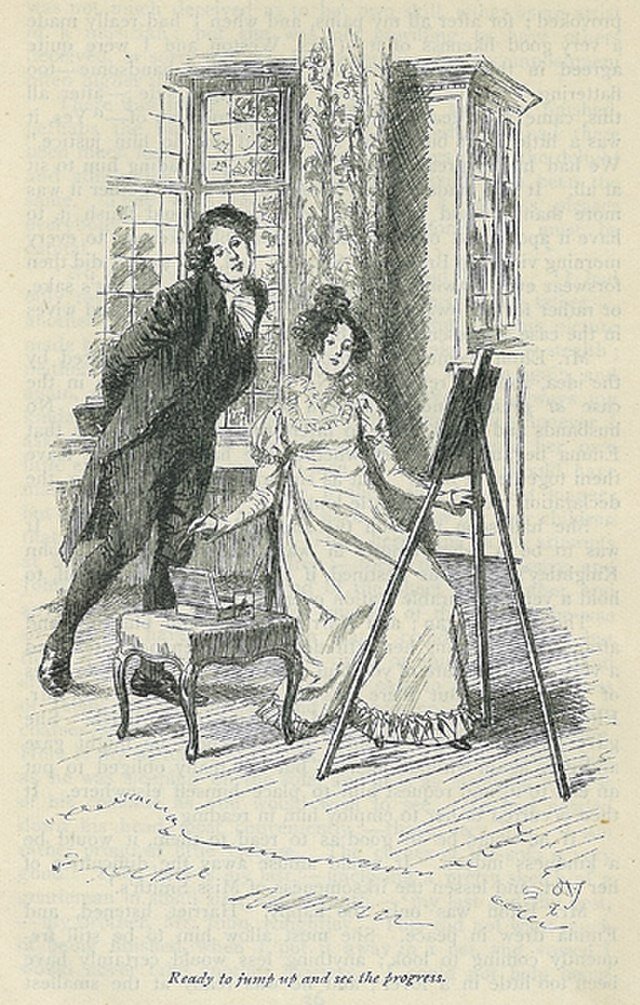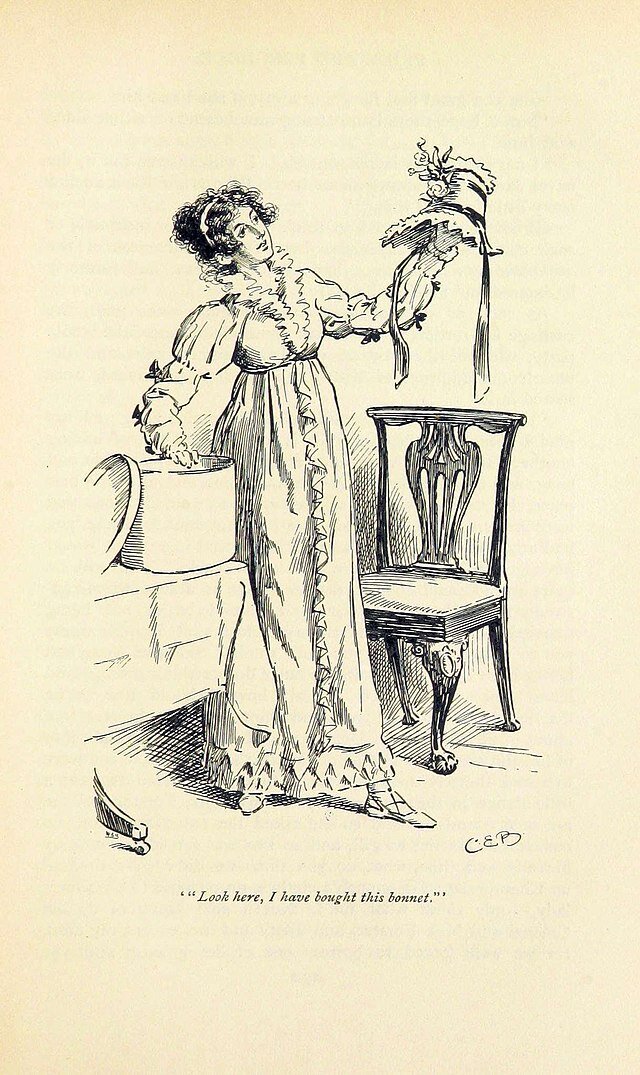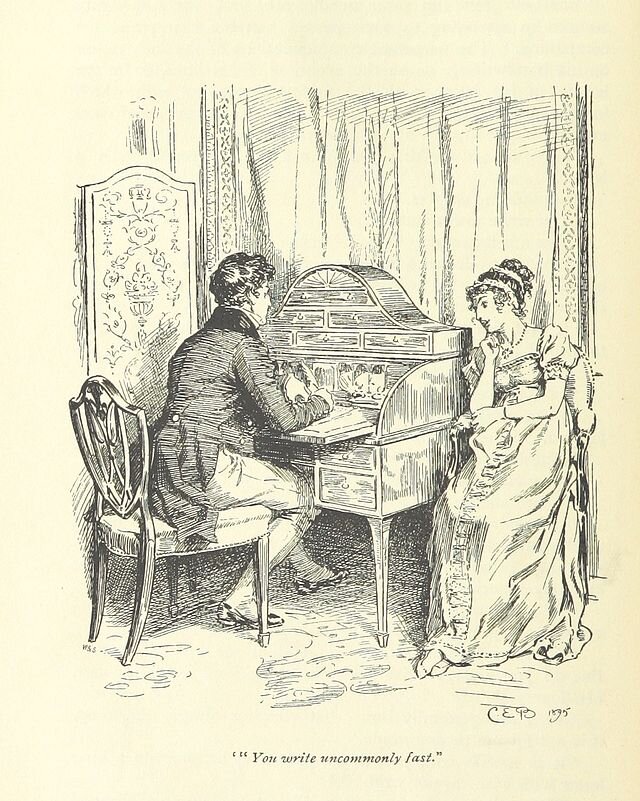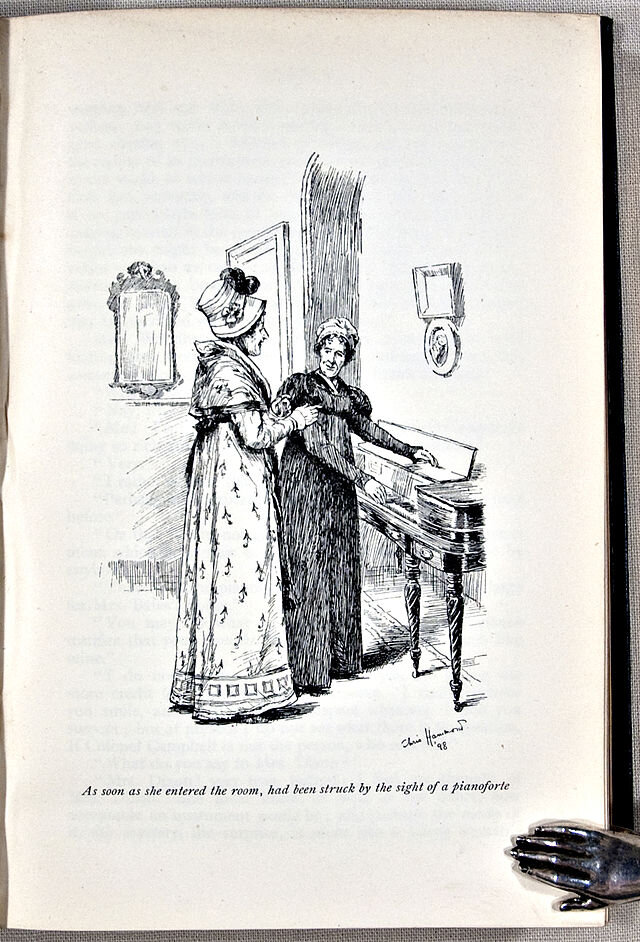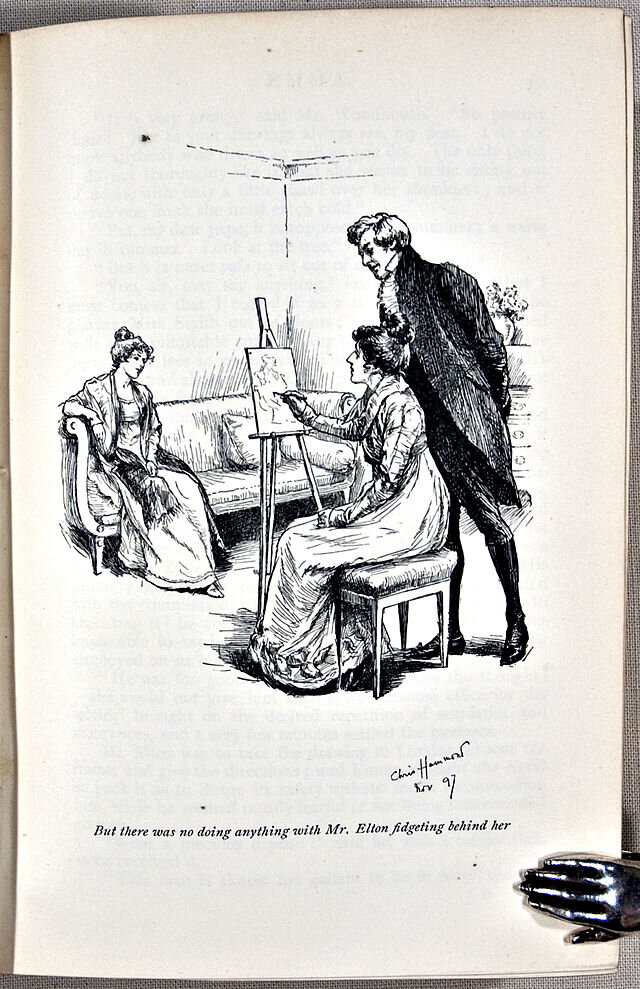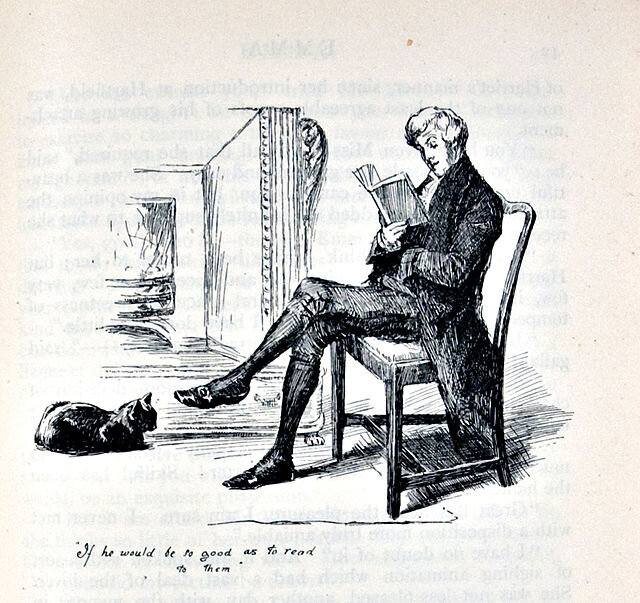Members Meeting - September 2021
JASNA September 2021
This was a big one!
In anticipation of the upcoming JASNA AGM in October, the Calgary chapter used the AGM list of session topics as a prompt for discussions about Jane Austen and the Arts. The ideas brought forward were fascinating and diverse!
Along with scintillating conversation and canny observations of the world in which Jane Austen was writing, several members recommended books that were relevant or enriching to the topics.
When discussing art inspired by Jane Austen’s work, members expressed their love of Austen-inspired textile arts, like sewing, embroidery, and crochet. Whether through recreation or simply inspiration, these books demonstrate an enduring love of Austen, expressed through craft.
Austentatious Crochet: 36 Contemporary Designs from the World of Jane Austen
Members also discussed authors who were inspired by Jane Austen, either in writing-style, subject matter, time period, or humour. There are countless authors who name Austen among their influences. The AGM has sessions discussing Toni Morrisson and A.A.Milne, but members also put forward several other authors.
Members also discussed books and movies that were creative, modern, or alternative re-tellings of existing Austen stories.
Novels such as Longbourn by Jo Baker and Death Comes to Pemberley by P.D.James take on new stories set within the same world of characters and time as Pride and Prejudice, which is its own expression of affection for the author’s work.
The conversation came naturally to the ways in which Austen’s stories have nuggets of truth and relatability that resonate with cultures very different from Regency England.
Unmarriageable by Soniah Amal and the film Bride and Prejudice (dir. Gurinder Chadha) are retellings of Pride and Prejudice, set in Pakistan and India respectively.
Kandukondain Kandukondain is a Tamil-language film adaptation of Sense and Sensibility.
This was a wonderful entree into a conversation about two black Regency musicians featured at this year’s AGM. Members explored how Austen’s novels, and other works of art and literature from the Regency period, never tell the full and complete story of the world in which they were made. The AGM sessions devoted to Ignatius Sancho and George Polgreen Bridgetower demonstrate that Regency England was a significantly more diverse place than history books, film adaptations, or works of the time would generally have us believe. As devoted lovers of these books and this time in history, it is our duty to know it more fully in all its diversity and complexity.
Members mentioned others books which explore the experiences of Black citizens of England at other points in history:
After a brief exploration of how and why the heroines of Jane Austen would not be likely to pursue music professionally in the way that Sancho and Bridgetower had, and why it was a shame for many of them who loved it dearly, members moved to a more personal, character-driven examination of arts in Jane Austen’s work.
When it comes to music, Austen develops wonderful personality traits around her characters’ abilities, awareness of talent, personal taste, and willingness or desire to improve.
Emma Woodhouse has taste, but little in the way of talent, largely from a lack of application.
Jane Fairfax’s dedication to her musical ability, by contrast, may be seen as arising from a need to be more eligible due to her poverty and lack of prospects.
Mary and Lizzie Bennet, raised in the same house, have very different musical abilities and their performances are demonstrative of their various personalities and values.
In consideration of another AGM topic, music as a means of self-soothing, we discussed Marianne Dashwood and Jane Fairfax, who play even when sickly or distraught, from a love of music that is present even when there is no one to impress or perform for.
Lastly, members dove headfirst into the men of Jane Austen, and whether their tastes and abilities were as rich for discussion. While there are fewer instances, they are certainly not insignificant!
Members talked of Henry Tilney’s passion for reading novels, and how reading the gothic literature also allowed him the opportunity to appreciate the natural beauty of the countryside, and teach Catherine Morland to understand that most elusive of Regency ideas: The Picturesque.
The insincerity of Willoughby’s musical and literary tastes, and the quieter, more sincere appreciation of men such as Captain Wentworth and Colonel Brandon were touched on with thoughtful observations.
Perhaps the most interesting case of artistic talent in the gentlemen of Austen’s work is Henry Crawford, whose talent of acting and reading aloud are enough to fascinate Fanny Price, however briefly.
This was a tremendous kick-off to our year!
Liz

